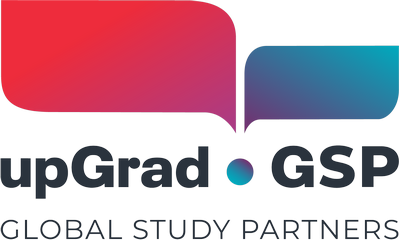Australia is highly regarded around the globe. It boasts natural landscapes, biodiverse wildlife, vibrant culture and, of course, its world-class education. Naturally, tons of students from many different countries dream of pursuing their postgraduate studies in The Land Down Under. But to be able to study in Australia, one must comprehend the country’s education sector and how it operates. In this article, we’ll go through one of the most important terms one should familiarise oneself with if one wants to apply for studies in Australia: intakes. Specifically, we’ll discuss intakes for masters in Australia for international students. We also touch on what aspiring graduate school students should be aware of, plus other important aspects that should be considered along with this.
What are the intakes for Australia?
In Australian education, an intake typically refers to the specific period or session during which educational institutions admit or take in new students. A question often asked regarding this is: “How many intakes for Australia are available within a school year?” Australian universities and colleges often have multiple intakes throughout the year. This allows prospective students to apply and enrol in courses at different times. Generally, there are two main Australian intakes for international students:
- February Intake: This is the primary intake for most courses and is considered the main academic year start.
- July Intake: Some universities and institutions have a mid-year intake in July, offering another opportunity for students to start their studies.
Some institutions may have a smaller intake in November, but this is less common.
Australia intakes for masters
Prospective graduate school students may wonder: “How many intakes are there in Australia for masters?” Australia intakes for masters follow this same semestral schedule. This is because most universities offer the same intake windows for both undergraduate and post-graduate programs. Either way, all international students looking to study in Australia must inform themselves of the differences between the intakes. Their choice ultimately gives a specific range of academic opportunities and serves as the starting point of their journey.
Being the primary intake, the February intake in Australia offers all academic programs. This includes undergraduate and postgraduate degrees, vocational education and training, and English language courses. Students who apply during this period have a higher chance of getting accepted. This is because institutions receive and process the greatest number of applications. Additionally, the academic calendar aligns with the Northern Hemisphere. It’s convenient for foreign students to plan their studies and return home during breaks. Additionally, it provides students with more time to make the move and settle in, immerse themselves in their new environment and connect with peers before beginning their studies. This is why February is the preferred intake period for masters in Australia.
On the other hand, the July intake in Australia is the secondary intake which offers all major programs. Compared to the February intake, the July intake usually has a lower volume of applications. There are also fewer scholarships and financial aid available.
Choosing your intake for post-graduate studies
The differences between the two intakes don’t make the July intake in Australia the lesser option. It will always boil down to a student’s desired university, course and subjective study goals. It’s essential to check the intake dates of the specific program and institution they are interested in, as different courses and levels of study may have different intake periods. For this reason, staying informed about each intake’s offerings is necessary to prepare and choose well.
Before deciding on which intake would suit you best, here are some important questions students should be able to answer first:
- “Which program do I want to study?”
- “Which universities are ideal for my chosen course?”
- “What are the requirements for a master’s in Australia?”
- “How long will it take me to complete all the requirements?”
- “How much time am I willing to allot to complete this course and which options are available to me?”
Knowing their answers to these questions will ultimately help aspiring graduate students understand which intake would work best for them. Planning well and creating a timeline to follow is also something that will ease the burden when applying for a masters in Australia.
GSP’s business development experts are more than happy and capable to help you further understand the major terms and themes around an Australian education, such as specific details regarding an intake for masters in Australia, as well as what are the requirements for a master’s in Australia so that you are equipped and ready to guide your students with their dreams to study in Australia.




